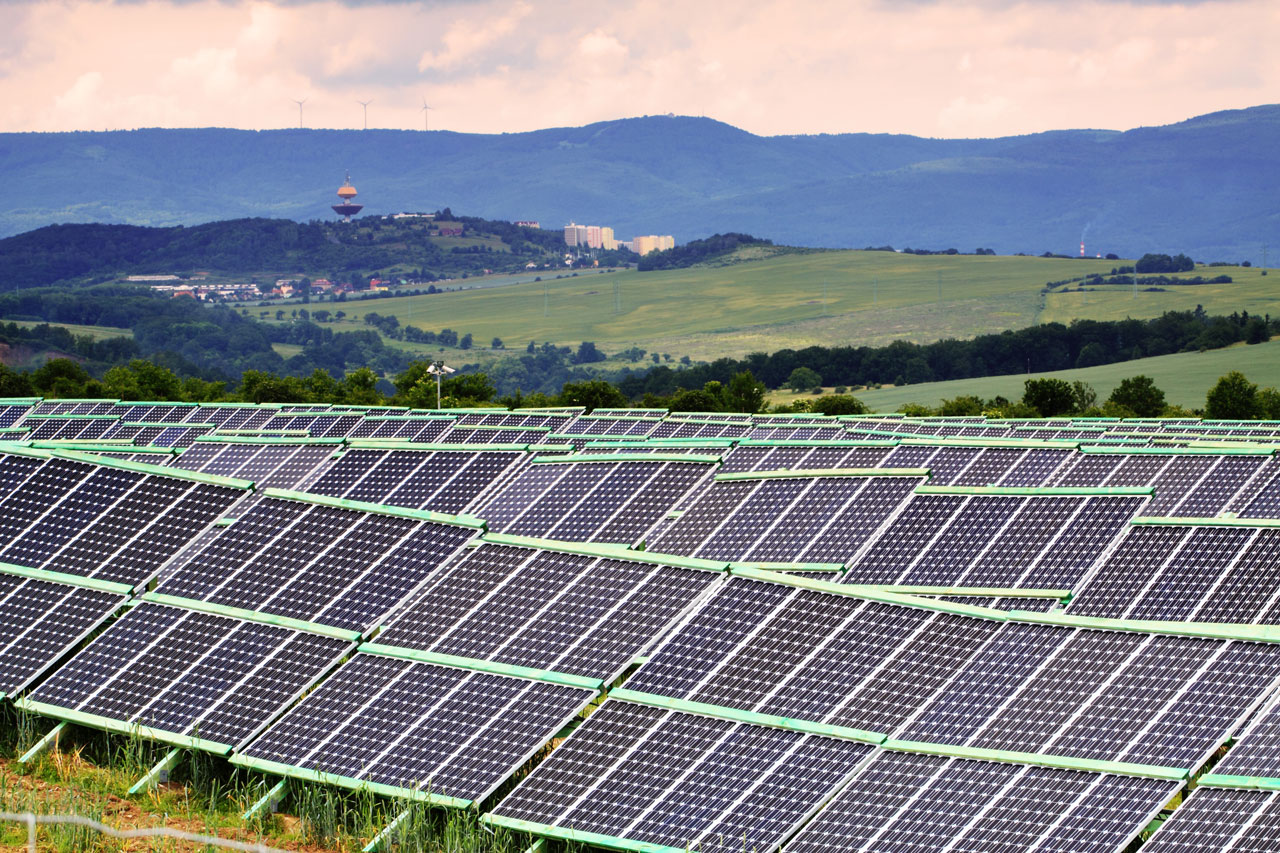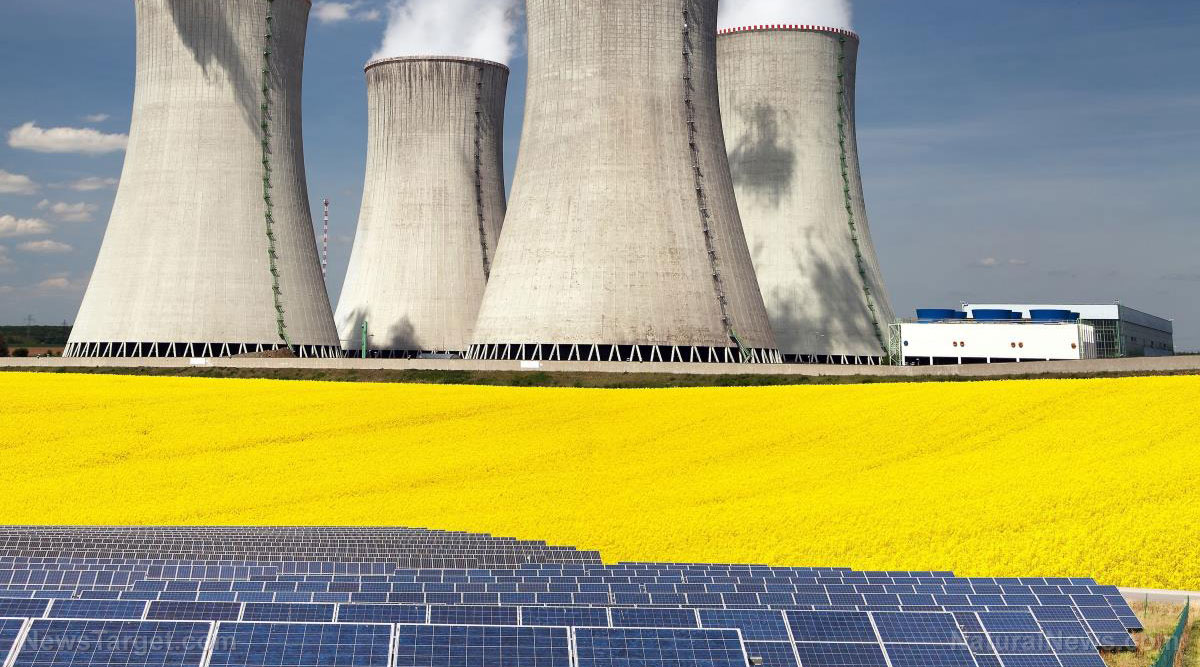Reviving coal: A central pillar of Trump’s energy policy
10/03/2025 / By Willow Tohi

- Coal Revival Efforts: The Trump administration aims to revive the coal industry by opening 13.1 million acres of federal land for mining and providing $625 million for coal plant upgrades.
- Energy Dominance: Interior Secretary Doug Burgum frames these moves as fulfilling President Trump’s promise of “American Energy Dominance.”
- Criticism: Environmental groups argue that these policies exacerbate pollution and public health concerns.
- Economic Impact: Boosting coal mining is intended to create jobs and protect national security by reducing reliance on foreign energy sources.
- The Biden administration prioritized renewable energy, but Trump reversed regulations that would speed up coal plant retirements.
On Monday, the Trump administration announced a sweeping initiative aimed at revitalizing the U.S. coal industry. The Department of Energy (DOE) allocated $625 million in federal funding for coal plant upgrades and modernization, while the Bureau of Land Management (BLM) opened 13.1 million acres of federal land for coal mining. This coordinated effort underscores the administration’s commitment to bolstering coal as a crucial component of America’s energy strategy. The move comes amidst growing concern over electricity reliability due to increased demand from data centers and the rapid expansion of AI technologies.
Unlocking public lands: A bold move for coal mining
Simultaneously with the financial boost, the BLM moved to open 13.1 million acres of federal land for coal mining, marking a significant deviation from the stringent regulations imposed by the previous administration. This initiative is part of a broader effort to implement President Trump’s vision of “American Energy Dominance.” The lower royalty rate of seven percent for coal mining on federal lands—a substantial reduction from the previous 12.5 percent—is intended to help U.S. producers compete effectively in global markets. These actions follow a series of executive orders issued by President Trump earlier in the year, aimed at facilitating coal production and consumption.
Boosting industrial efficiency: Revitalizing coal plants
The DOE’s $625 million allocation includes $350 million for recommissioning and retrofitting coal power units, particularly those that were slated for retirement. The remaining funds are distributed across rural communities, wastewater management and dual-firing projects that enable coal plants to switch between coal and natural gas. These upgrades are designed to prolong the operational life spans of aging coal plants, ensuring grid reliability amid surging electricity demand. Energy Secretary Chris Wright emphasized the necessity of these measures, stating, “Keeping electricity prices low and the lights on without interruption” is vital for our “reindustrialization and winning the AI race.”
Controversy and criticism: A step backward?
Despite the administration’s assurances, environmental groups and public health advocates have voiced strong opposition to these policies. The American Lung Association’s Will Barrett criticized the move, stating, “It is a step backward, especially for those living closest to these sources of pollution.” Barrett highlighted the significant environmental and health impacts of coal, including pollution from sulfur dioxide and particulate matter, which are linked to asthma, heart attacks and strokes. Environmentalists argue that subsidizing coal locks the U.S. into an outdated, polluting energy source, prolonging dependence on an industry in decline.
A short-term fix or a sustained strategy?
While the Trump administration’s initiatives aim to rejuvenate coal’s role in the U.S. energy mix, experts suggest that this revival may be temporary. Natural gas has become increasingly cheaper and more efficient, and the market for renewable energy, such as wind and solar, is expanding. The Biden administration has prioritized renewable energy and reduced regulations on fossil fuels, distinguishing itself from the previous administration’s pro-coal stance. Despite these challenges, Trump’s policies speak to a broader narrative centered on national energy security and economic independence.
A watershed in U.S. energy policy
The Trump administration’s bold moves to revive coal are a significant departure from recent energy policies, reflecting a deep-seated desire to reclaim an industry deemed essential for economic growth and national security. While the initiatives address short-term reliability concerns and promise to bolster employment in coal-dependent regions, they also face substantial opposition from environmentalists and health advocates. Ultimately, the success of these policies hinges not only on immediate economic benefits but also on their long-term sustainability in a rapidly evolving energy landscape.
Sources for this article include:
Submit a correction >>
Tagged Under:
AI race, big government, coal, coal mining, electricity, energy supply, fossil fuel, fuel supply, natural gas, power, power grid, progress, Trump, White House
This article may contain statements that reflect the opinion of the author
RECENT NEWS & ARTICLES
NewEnergyReport.com is a fact-based public education website published by New Energy Report Features, LLC.
All content copyright © 2018 by New Energy Report Features, LLC.
Contact Us with Tips or Corrections
All trademarks, registered trademarks and servicemarks mentioned on this site are the property of their respective owners.




















